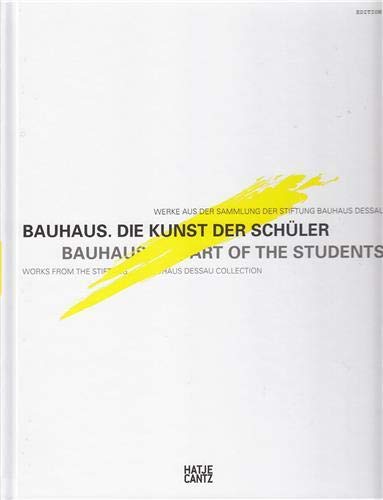-
Книги
- Нонфикшн
- Гуманитарные науки
- Деловая литература
- Естественные / Точные науки
- Книгоиздание
- Лайфстайл
- Словари / Энциклопедии
- Художественная литература
- Детектив
- Драматургия
- Классическая проза
- Мифология. Эпос
- Поэзия
- Собрания сочинений
- Современная художественная проза
- Фантастика. Фэнтези
- Биографии / Мемуары
- Графические романы / Комиксы
- Детские книги
- Воспитание. Педагогика
- Детский досуг
- О детских книгах
- Познавательная литература
- Художественная литература для детей
- Журналы / Зины
- Архитектурные
- Гуманитарные
- Журналы о моде
- Зарубежная периодика
- Искусство / Фотография
- Кино / Театр
- Лайфстайл
- Книги «Подписных изданий»
- Книги на иностранных языках
- Английский язык
- Испанский язык
- Итальянский язык
- Книги на иностранных языках для детей
- Немецкий язык
- Финский язык
- Французский язык
- Шведский язык
- Книги о кино
- Книги о музыке
- Книги о средневековье
- Книги о театре
- Книги о фотографии
- Книги об искусстве / Книги об архитектуре
- Альбомы по искусству
- Архитектура
- Декоративно-прикладное искусство
- Живопись
- Искусствоведение
- Орнаменты
- Прочее
- Танец
- Татуировка
- Творческое развитие
- Книги по философии
- Кулинарные книги
- Николай Солодников рекомендует
- Предзаказ
- Про дизайн / Про моду
- Путеводители / Книги о путешествиях
- Канцелярские товары
- Подарки
- Подарочные сертификаты
Адрес магазина: Санкт-Петербург, Литейный пр., 57
Bauhaus: Art of the Students
| Автор | |
|---|---|
| Издательство | HATJE CANTZ |
| Год издания | 2013 |
| Переплет | Твёрдый |
| Страниц | 192 |
| Формат | 231x285 мм |
| Язык | Английский |
| ISBN | 978-3-77573600-8 |
| Артикул | 1143590 |
Founded as an art school in Weimar in 1919, later relocating to Dessau and then Berlin before being forcibly closed in 1933, the Bauhaus achieved global fame. True to its motto “art and technology?a new unity,” in the wake of industrialization the avant-garde there aspired to develop a formal vocabulary that would use the process of mechanical manufacturing as a creative instrument instead of availing itself solely of the reproduction of what were previously handcrafted products. As a counter-movement to the aesthetics of historicism, the Bauhaus coined a style whose imprint is still palpable in art, architecture, and design. Yet the students of famous masters such as Lyonel Feininger, Paul Klee, and Oskar Schlemmer nevertheless stand in the shadows of their teachers. Based on examples of their work from the Bauhaus Dessau Collection, their creative work?which combines Constructivist, abstract tendencies with Expressionist, Cubist, and Surrealist influences?becomes visible for the first time in this publication. Artists featured (selected): Theo Balden, Eugen Batz, Max Bill, Marianne Brandt, Werner Drewes, Werner Gilles, Werner Graeff, Carl Marx, Erich Mende, Karl Peter Rohl, Wera Meyer-Waldeck, Fritz Winter Exhibition schedule: Galerie der Stadt Remscheid, October 2, 2013–January 2014 | Bauhaus Dessau
Подписка на рассылку
Раз в месяц будем присылать вам обзоры книг, промокоды и всякие-разные новости


